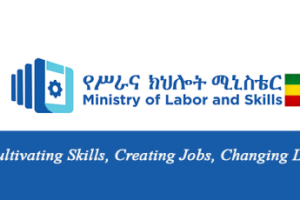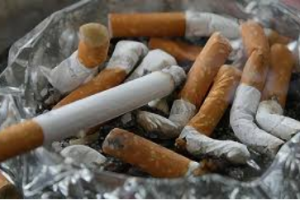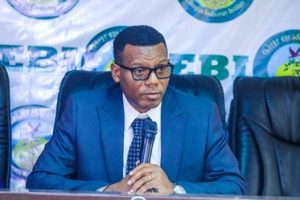It cracks the ground and flows like an unstoppable stream until it joins the river called Mechela. The color of the river is equivalent with sign that can get mixing water and oil. Observing this, the local people became restless reporting the strange thing to the nearest government institution, eventually realizing the economic benefits it would have. They are requesting the government to provide due attention and suggesting that it be used.
Wollo University has conducted a preliminary study to verify the value of the resources. Though it tried to conduct the second research, it failed due to financial limitations. The issue that grabbed the attention of the people, forcing the university to conduct study is the fuel oil in the area.
The treasure is located between the border of Legehida and Wereilu districts of South Wollo Zone near the Mechla River. The emergence of such a sign in the region and the exploration of oil in areas such as the Ogaden, North Afar, Omo River, and the Southern Nations, Nationalities, and People’s Region (SNNPR) had high hopes that Ethiopia would soon join the ranks of East African oil producers.
Experts working in the area told more about the existence of fuel oil in Ethiopia supported by photographs. Following is a summary of some of the highlights of the project, including other pertinent information about the matter referring to Wollo University and Mining Department under South Wollo Zone Industry and Investment Directorate.
Jamal Idris, Head of the mining sector team at the Legehida and Wereilu woredas told the Ethiopian Press Agency that although it is not possible to confirm the exact date of the discovery, it has been widely reported the presence fuel in the area since 2000. The resource was first seen by the local community, and they reported the issue to local authorities.
The local community has also confirmed that the fuel can be used to burn the wet soil or mud and use it for different purposes. It is in this process that the oil wealth enters the government structure.
Asked about what actions were taken based on the information provided by the local community? Jamal responded that after the resource has been identified, the issue of using the oil has been raised at times when there are public gatherings. The Federal Ministry of Mines has also tried to make use of the resource. The ministry, for instance, licensed a company called Salcom Petroleum in 2005 and it began operations in the area. However, the company did not finish the job due to financial shortcomings it faced.
The preliminary study covers the availability of resources, its feasibility and economic benefits, and may take some time to complete. It is safe to say that Salcom Petroleum did not do much research during its tenure. Prerequisites indicate that pre-study work requires a sufficient budget and that it runs out of money due to lack of funds. Thus, the startup is not successful.
“There is no other company that has made a request after the termination of Salcom’s company,” he said. However, the local community has been relentless in its efforts to use the resource intensively. Efforts by the department’s management have also been reported to the Federal Ministry of Mines.
A long time ago, the Woreda Administrator and I attended a forum facilitated by the Ministry of Mines and promised that the question from the area was appropriate and that there would be efforts to get companies involved. However, nothing has changed. Neither the request nor the promotion has been stopped,” he said.
According to Jamal, no effort has been made to protect the area as it is wide enough to fence it. There have been no reports of damage to the area and no risk of looting and this discourages us to do so. Even if there are some doubts, the problem can be controlled by the local community. There is also a school near where the fuel is found. According to some estimates, there is fuel under the school. It has been years since oil was discovered in the area.
Asked if he was monitoring whether the volume was increasing or not, Jamal said he did not know if there was a specific flow. “We are Ethiopians who are hungry for wealth,” Jamal said. He points out that there are limitations to turning assets into benefits. “The oil in the area is a natural resource that has come out on its own,” he said. Petroleum resources in Ethiopia are subdivided into Ogaden, Nile, Gambella, Mekelle and Metema. Delays in the use of oil resources, which are now a global and national basis should not be underestimated.
There were no activities. These combined have exacerbated the gap. We will continue to strengthen and focus research at the state and federal levels” he said. He called on both local and foreign companies interested in investing in the area.
According to Dr. Desalegn Gezahegn, Head of Geology Department of Wollo University, a research team was formed three years ago (2018) and went to the site to conduct the study. The team also confirmed that there was a leak in the ground. It has been tested as it has been shown to be a fuel for combustion.
The study team returned to the university with a sample and found that a large (98 per cent) crude oil was found in laboratory research. It is said that he was buried during the Italian occupation of Ethiopia.
Studies have shown, however, that the exact amount of crude oil is from the ground. The results of the study were presented by the research team at a forum organized by Wollo University Kombolcha Institute of Technology.
BY STAFF REPORTER
The Ethiopian Herald 6 April 2022





